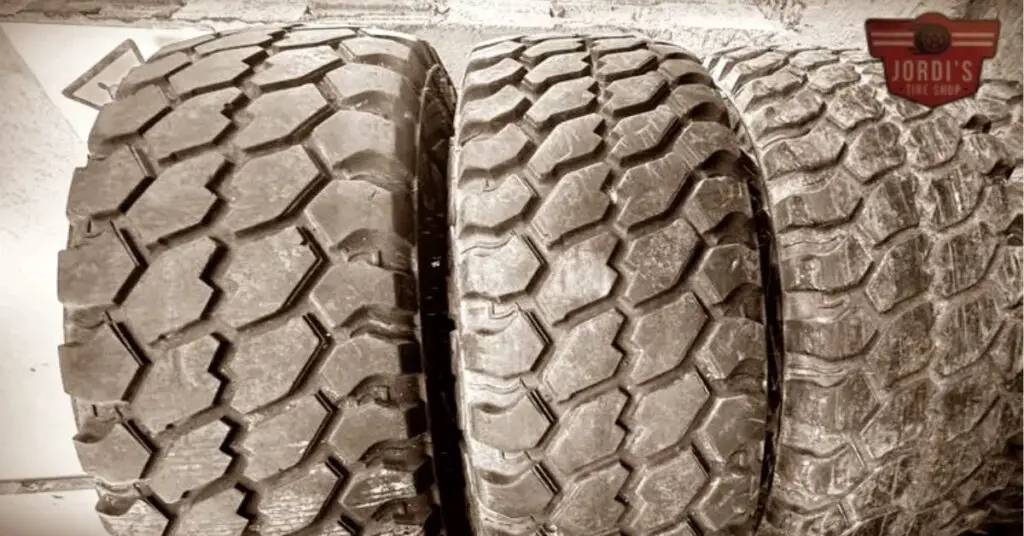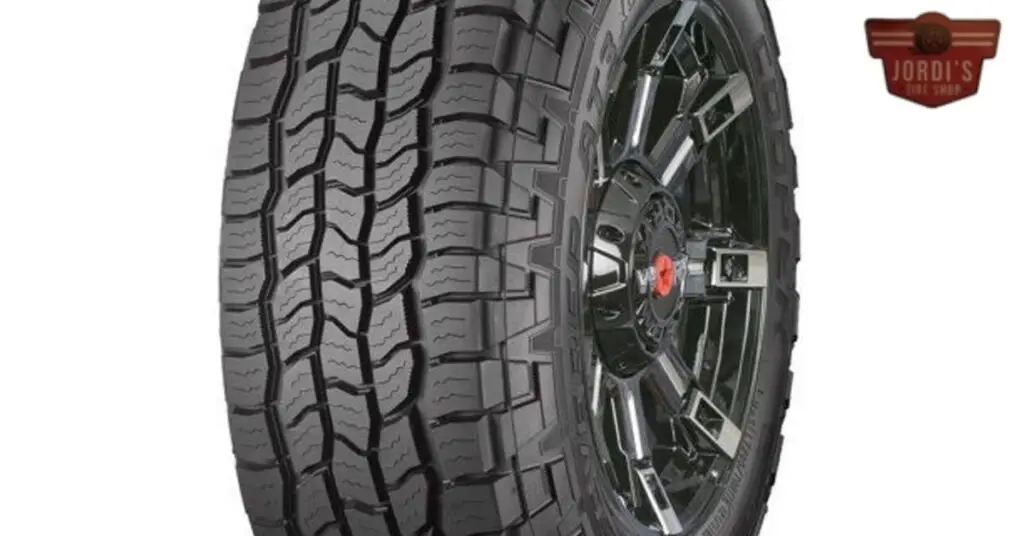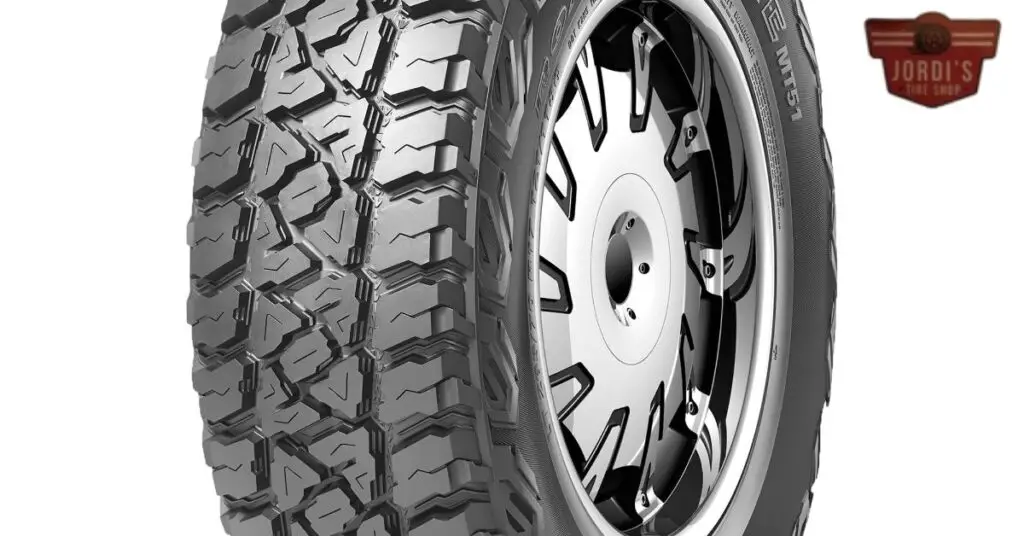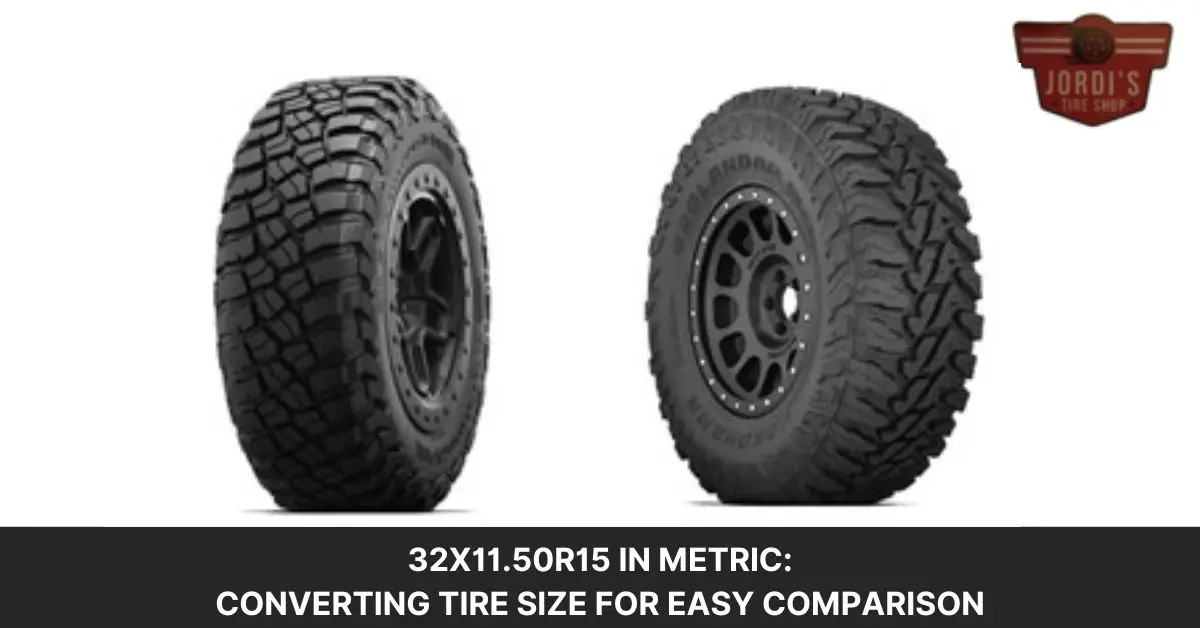Navigating the world of tire sizes can feel like deciphering an ancient code. Especially when we’re trying to convert something like 32×11.50r15 into its metric counterpart. It’s a common challenge for many of us, whether we’re off-road enthusiasts, classic car aficionados, or just trying to find the right fit for our vehicles.
Understanding these numbers not only helps us make informed decisions about our tires but also connects us with a global language of automotive care. So, let’s dive into the nitty-gritty of converting these seemingly cryptic figures into something we can all understand and use. It’s about making our journey on the road smoother and ensuring our beloved vehicles get the perfect shoes they deserve.
Understanding the 32×11.50r15 Tire Size

Diving into the details of the 32×11.50r15 tire size, we aim to simplify the puzzle of tire measurements for everyone. This particular tire size involves a mix of imperial and metric units, which can initially seem daunting. However, breaking it down makes the understanding far more accessible.
Firstly, the “32” in 32×11.50r15 represents the overall diameter of the tire in inches when it’s inflated and not under load. This measurement is crucial for ensuring the tire fits without issues in the vehicle’s wheel well and aligns with the rotational speed the vehicle’s speedometer expects.
Next, the “11.50” indicates the tire’s width in inches. This width impacts not just how the tire looks but also how it performs under various conditions. A wider tire footprint can offer better traction on surfaces like mud and snow, enhancing performance and safety.
The “R” in the tire size stands for radial, indicating the tire construction type. Radial tires, with their perpendicular ply arrangement to the direction of travel, provide a smoother ride and better durability than their bias-ply counterparts.
Finally, the “15” signifies the wheel diameter in inches that the tire is designed to fit. Matching the tire to the correct wheel diameter is essential, ensuring a proper fit that avoids potential safety and performance issues.
Converting the 32×11.50r15 tire into metric units involves translating inches to millimeters. To do this, we remember that one inch equals 25.4 millimeters. Therefore, the diameter is approximately 812.8mm, the width is around 292.1mm, and it fits a 381mm (15-inch) wheel.
In sum, decoding the 32×11.50r15 tire size sheds light on the tire’s dimensions and its compatibility with certain vehicles. Understanding these measurements in both imperial and metric units facilitates worldwide communication in automotive contexts, helping drivers make informed decisions about their tire needs.
Comparing 32×11.50r15 with Popular Metric Sizes

Transitioning from our discussion on deciphering tire sizes, let’s delve further into how the 32×11.50r15 compares with common metric tire sizes. This comparison will illuminate the differences and assist in making informed decisions when selecting tires.
Firstly, the 32×11.50r15 tire denotes a diameter of 32 inches, a width of 11.5 inches, and fits a 15-inch rim. In metric, these measurements significantly influence vehicle performance and compatibility.
When considering metric sizes, we use millimeters for width and the aspect ratio to calculate the tire’s sidewall height, alongside the diameter in inches. For instance:
- 265/75R15: This size closely matches the 32×11.50r15, with a 265 mm width and an aspect ratio of 75, meaning the height of the tire’s sidewall is 75% of its width. The tire fits a 15-inch rim, similar to our subject tire, leading to a diameter that approximates that of a 32-inch tire.
- 285/70R15: Offering a slightly wider stance at 285 mm and a shorter sidewall with a 70% aspect ratio, this size provides a balance between width and height, showcasing a bit of variance from the 32×11.50r15, yet remaining within the same ballpark regarding overall diameter and rim size.
Comparing these sizes reveals minor differences in tire width and sidewall height, translating to variations in handling, comfort, and aesthetics. For example, tires with a wider width, like the 285/70R15, may offer improved grip and stability on broader surfaces, whereas those with a higher aspect ratio, such as the 265/75R15, might deliver better comfort on bumpy roads because of the taller sidewall.
Understanding these nuances helps us appreciate the breadth of options available and underscores the importance of selecting a tire size that aligns with specific vehicle needs and driving preferences. Whether transitioning from a 32×11.50r15 to a metric size or vice versa, the goal remains to enhance overall vehicle performance and safety on the road.
Selecting the Right Tires for Your Vehicle
Selecting the right tires is pivotal for optimizing vehicle performance, comfort, and safety. Through understanding the conversion of popular tire sizes like 32×11.50r15 to metric units, we’re better equipped to assess which tires fit our vehicle’s needs and preferences. Let’s delve into three key factors to consider when choosing tires: the terrain type, vehicle type, and driving conditions.
Terrain Type
- Off-Road: For vehicles frequently tackling rough, uneven terrains, tires sized close to 32×11.50r15 or its metric equivalents such as 285/70R15 offer thicker sidewalls, providing better traction and durability.
- Highway: If most driving occurs on highways or city streets, considering a tire with a lower aspect ratio, indicative of less sidewall flex like a 265/75R15, ensures smoother rides and better fuel efficiency.
Vehicle Type
- SUVs and Trucks: Heavier vehicles benefit from larger tires like the 32×11.50r15 due to their increased surface area, improving grip and stability.
- Passenger Cars: Smaller, lighter vehicles might opt for closer to 265/75R15 sizes, balancing performance and comfort without overwhelming the car’s design and functionality.
- Wet Conditions: Tires with deeper tread patterns, often found in larger sizes, enhance water evacuation, reducing the risk of hydroplaning.
- Dry Conditions: In dry climates, wider tires provide more contact with the road, improving traction and handling.
Maintenance Tips for 32×11.50r15 Tires

Maintaining 32×11.50r15 tires, just like their metric equivalents, extends their lifespan and ensures top-notch performance on various terrains. Regular checks and maintenance can prevent minor issues from becoming major problems down the road. Here, we outline key tips to keep these tires in prime condition.
Regular Inspections for Damage and Wear
Inspect tires monthly for any signs of damage, such as cuts, punctures, or bulges. Checking tread depth is crucial too, ensuring it’s above the legal minimum of 2/32 inches. Uneven wear patterns may indicate alignment or suspension issues, requiring professional attention.
Proper Tire Inflation
Keeping tires inflated to the vehicle manufacturer’s recommended pressure maximizes their lifespan and fuel efficiency. Underinflation causes excessive wear on the tire’s edges, while overinflation leads to wear in the center tread. We recommend checking tire pressure at least once a month and before long trips.
Tire Rotation and Balancing
Rotating tires every 5,000 to 7,000 miles ensures even wear, promoting longer tire life. It involves moving tires from one position to another, usually front to back or side to side. Balancing should also be performed at the same intervals. Balanced tires reduce vibration and wear on the vehicle’s suspension components.
Alignment Checks
Misaligned wheels can lead to rapid and uneven tire wear, significantly shortening the lifespan of 32×11.50r15 tires. We advise having an alignment check with every tire rotation or at the first sign of uneven wear. Proper alignment ensures tires meet the road at the correct angle, improving ride quality and extending tire life.
Adhering to these maintenance tips, owners of 32×11.50r15 tires, along with those opting for metric equivalents, can enjoy improved performance, safety, and ultimately, savings on premature replacement costs. Regular care guarantees these tires handle every journey, whether on city streets or rugged trails, smoothly and reliably.
Where to Buy 32×11.50r15 Tires

After diving into the complexities of tire sizes and the importance of selecting the right tires for your vehicle’s needs, including maintenance tips, it’s time to discuss where you can purchase 32×11.50r15 tires or their metric equivalents.
Online Retailers
One of the most convenient ways to purchase these tires is through online retailers. Websites like Tire Rack, Amazon, and SimpleTire offer a wide range of brands and models. They often provide detailed descriptions and customer reviews, helping you make an informed decision. Plus, they occasionally offer discounts and free shipping.
Local Tire Shops
Local tire shops are excellent resources for purchasing 32×11.50r15 tires. They not only offer a variety of brands but also provide professional advice based on your specific vehicle model and driving conditions. Supporting local businesses can also bring a personal touch to the buying experience.
Automotive Chain Stores
Stores like Walmart, Costco, and Sears Auto Center stock a vast selection of tires, including the 32×11.50r15 size. These stores often have tire specials and provide installation services at competitive prices. Joining their membership programs can offer additional savings and benefits.
Manufacturers’ Direct Websites
Visiting the direct websites of tire manufacturers such as Goodyear, Michelin, or Bridgestone allows you to purchase tires directly from the source. This option often ensures you’re getting the latest models and technologies. Manufacturers’ websites also guide you to authorized dealers and installers.
When purchasing 32×11.50r15 tires, consider the vehicle’s performance requirements, driving conditions, and budget. Regardless of where you decide to buy, always check for warranties, return policies, and customer support services to ensure a smooth and satisfying purchase.
Conclusion
We’ve explored the nuances of 32×11.50r15 tire sizes and their metric counterparts, underscoring how crucial it is to choose the right tires for your vehicle. From understanding the effects of width and aspect ratio to recognizing the significance of maintenance, we’ve covered what you need to know to make an informed decision. Remember, the right tires can transform your driving experience, offering improved safety, performance, and comfort. Whether you’re shopping online or at a local store, keep your driving needs and budget in mind. And don’t forget to look out for those warranties and customer support services to ensure you’re making a choice you’ll be happy with for miles to come. Happy tire hunting!
Related Posts:
- 32×11.50r15 in Metric: Converting Tire Size for Easy Comparison
- 35×11.50r20 in Metric: Understanding Tire Size Conversion
- 33 12.5 R18 in Metric: Understanding Tire Size Conversion
- 33 12.50 R22 in Metric: Understanding Tire Size Conversion
- 33 12.50 R20 to Metric: A Quick Guide to Converting Tire Sizes
- 35 12.5 R20 Metric: Understanding Tire Size and Compatibility
- 33 12.50 R17 Metric: A Guide to Tire Size and Conversion Charts
- 35 12.50 R17 Equivalent: Finding the Right Tire Size for Your Vehicle
- 35/12.5 r18 Equivalent: Finding the Right Tire Size for Your Vehicle
- 33 12.50 r16 Equivalent: Finding the Right Tire Size for Your Vehicle

